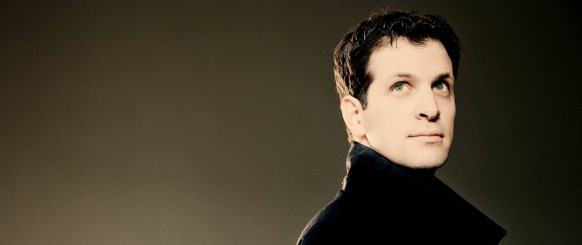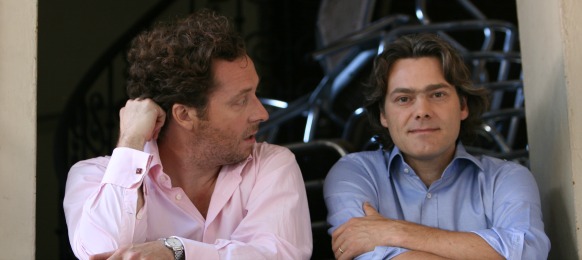Tag: piano
-
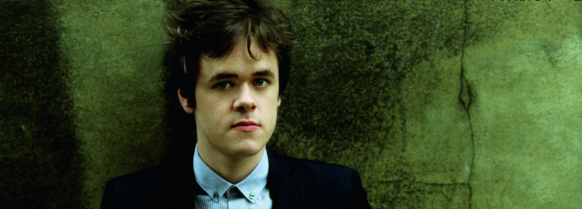
PROGRAM NOTES: BENJAMIN GROSVENOR
Jean-Philippe Rameau Gavotte and Variations in A minor The modern pianist seeking to play the Baroque harpsichord repertoire faces many obstacles, starting with the friendly fire of his own trusty Steinway itself, so different in sound from the perky little plucked-string sound box for which this music was originally written. A note on the harpsichord…
-
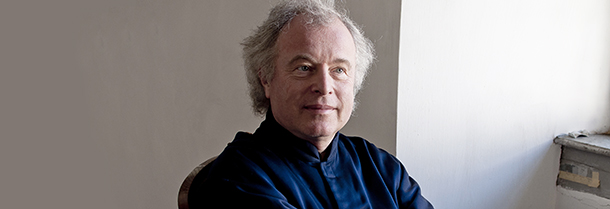
PROGRAM NOTES: SIR ANDRÁS SCHIFF
Franz Joseph Haydn Sonata No. 60 in C major Hob. XV1:50 Haydn’s last three piano sonatas, Nos. 60 to 62 (Hob. XVI:50-52), were written during the composer’s second trip to London of 1794-1795. All three were composed with a specific dedicatee in mind: the female keyboard virtuoso Therese Jansen Bartolozzi (1770-1843), a student of Clementi…
-
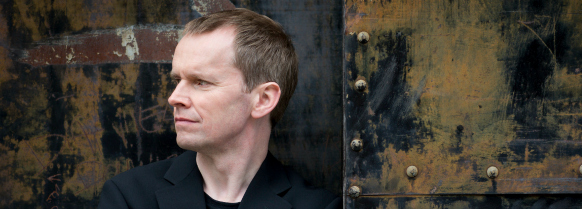
PROGRAM NOTES: STEVEN OSBORNE
Ludwig van Beethoven Sonata in E minor, Op. 90 The use of the piano sonata in marriage counselling has not found wide adoption in the profession since Beethoven first introduced the practice with his Sonata in E minor Op. 90. The curious story associated this sonata is as follows. Beethoven’s biographer Anton Schindler relates that…
-
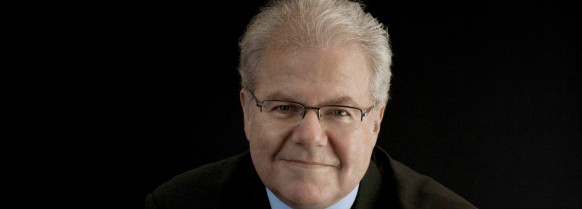
PROGRAM NOTES: EMANUEL AX
Georges Bizet Variations Chromatiques de concert For those that like to feather-dust humming the habanera from Carmen with a rose clenched between their teeth might be surprised to learn that Georges Bizet was not only an opera composer, but also a pianist. Anecdotal accounts of the period reveal that the keyboard skills of Georges Bizet…
-
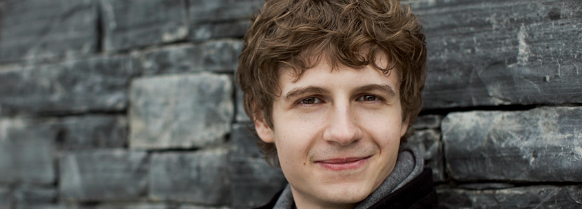
PROGRAM NOTES: PAVEL KOLESNIKOV
Wolfgang Amadeus Mozart Fantasy in C minor K. 475 The year 1785 was a good one for Mozart. In the words of musicologist John Irving, he had become something of a ‘hot property’ in Vienna, enjoying considerable success both as a published composer and as a performing musician. But Mozart had also acquired a reputation…
-

DO YOU REMEMBER YOUR VERY FIRST MUSICAL MEMORY?
When I was a boy my father would sing me to sleep every night. And when he went away on business trips, my mother sang to me at night instead. Now, my mother, whom I love dearly (98 and going strong!) has many wonderful traits and abilities, including playing the piano. But singing perfectly in…
-
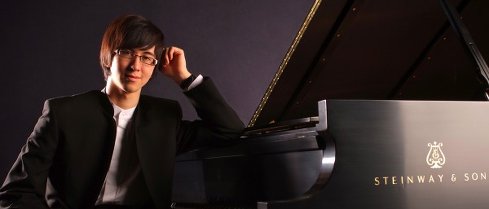
PROGRAM NOTES: CHARLIE ALBRIGHT
Franz Schubert Impromptus Op. 90, Nos. 1-4 The impromptu is just one of a number of small-scale instrumental genres arising in the early 19th century, known under the collective title of “character pieces”. Cultivated by composers of the Romantic era, these pieces present a simple musical idea in an intimate lyrical style with the…



